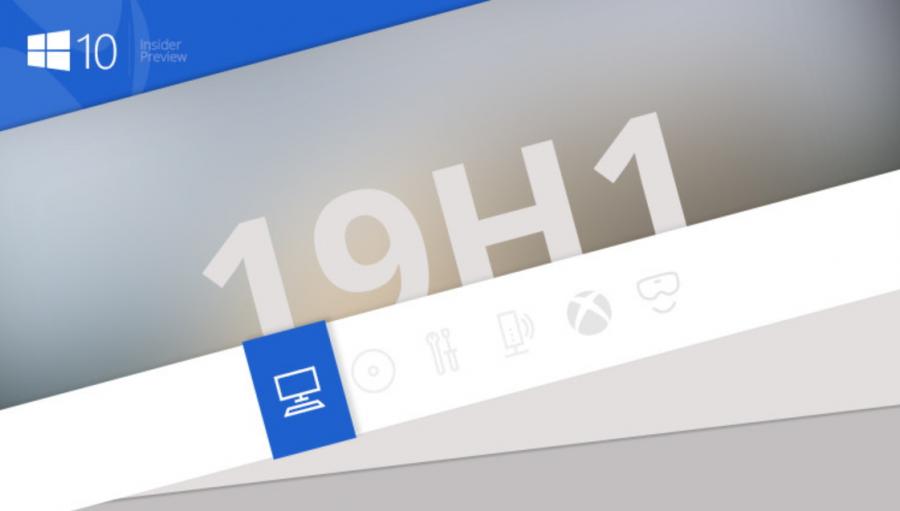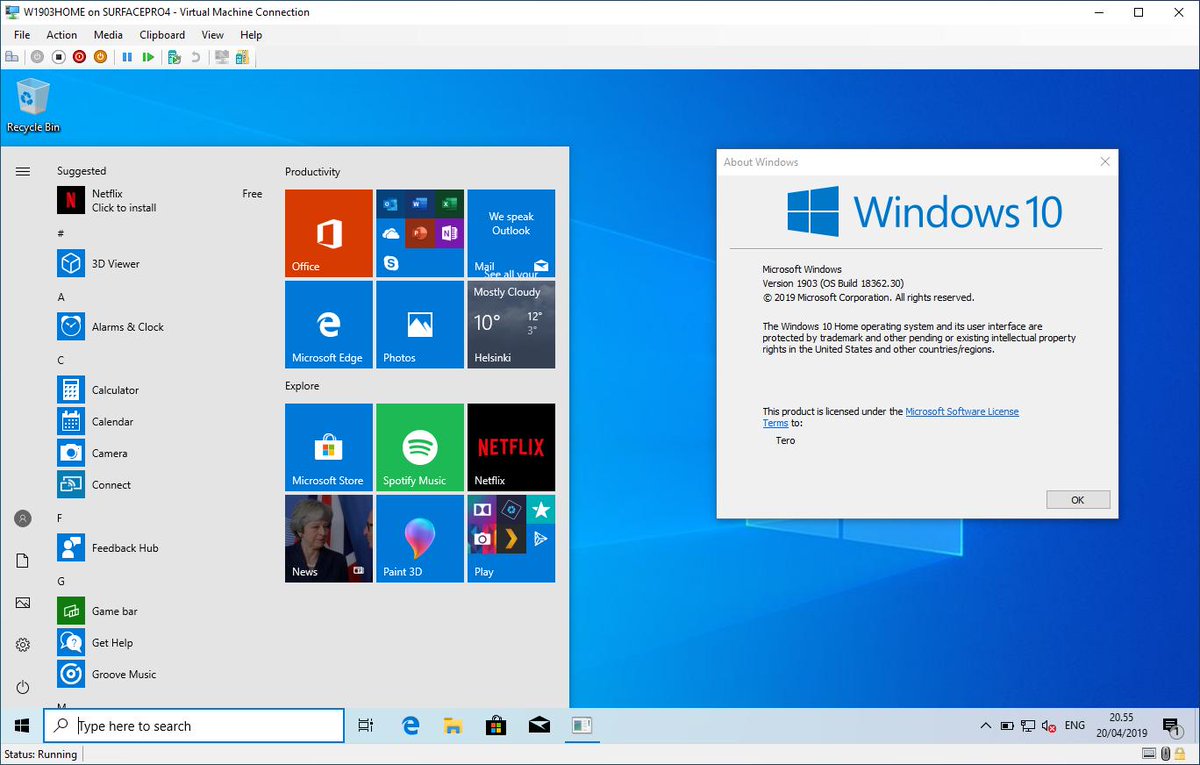

This would honor the spirit of the agreement with Windows Insiders on the Slow Ring, even if it fudges the letter a bit: Slow Ring insiders aren't getting the Fast Ring's seconds anymore, but they're also not being asked to test major (and potentially breaking) new features.

When you put all this together, it looks very much like the previously speculated shift to a major/minor release cycle. Instead of downloading 19H2 as an entire OS, users on build 1903 (aka the May 2019 Update) can deploy it as a set of patches, much like a Cumulative Update (or like the Service Packs of yore). The key points are that Microsoft isn't describing 19H2 as a fully featured new build at all-and that 19H2 isn't deployed as a full OS replacement. Slow Ring gets a brand-new fall 2019 preview buildĬomputerWorld's Gregg Keizer argues convincingly that this isn't a one-off blip with the 19H2 build but is instead a sea change in how Windows 10 preview builds will be deployed from now on. Slow Ring gets the fall 2019 build that Fast Ring already tested

If you're not already intimately familiar with how Windows 10 preview builds are deployed, it may be easier to follow this in a quick table: Advertisementįast Ring gets a new fall 2019 preview buildįast Ring gets a new spring 2020 preview build On July 1, the Slow Ring instead got an ostensibly brand-new build of 19H2, which the Fast Ring had never touched. In the past, this meant Fast Ring customers got a new major Windows 10 build first, then Slow Ring customers got that same build after the first few servicing updates had been applied. What happened this year was different: Fast Ring insiders skipped 19H2 (fall 2019) entirely and went directly to 20H1 (spring 2020), and the Slow Ring never joined them at all. Slow Ring subscribers get those features before they're public but not until after the Fast Ring folks have had a while to flush out the worst of the bugs. In short, Fast Ring subscribers are the first to get new features and updates.

To understand the shift, you need to know a little about how Microsoft has released Windows 10 builds to date-and particularly, how they've released them to Windows Insiders. It looks like the company is shifting its twice-annual major release cycle to a twice-annual major/minor release cycle, with major upgrades in spring and minor upgrades in the fall. Microsoft outlined new directions for Windows 10's update model in a pair of blog posts.


 0 kommentar(er)
0 kommentar(er)
